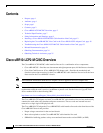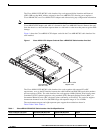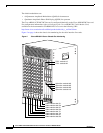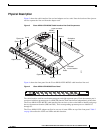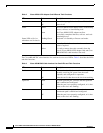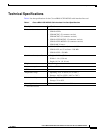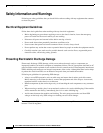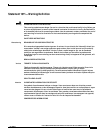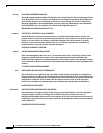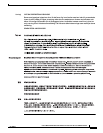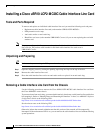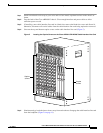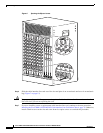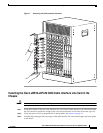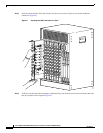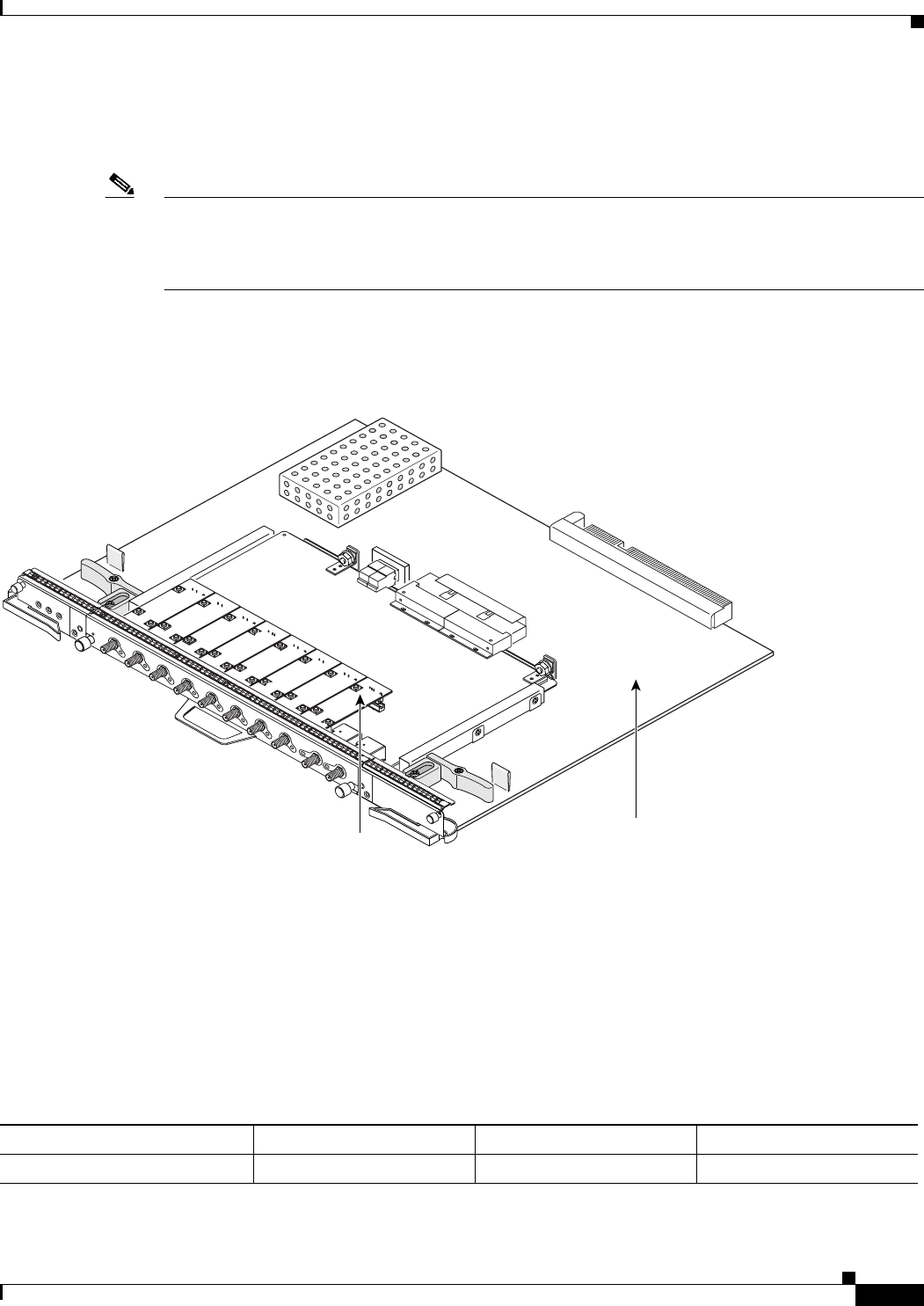
3
Cisco uBR10-LCP2-MC28C Cable Interface Line Card for the Cisco uBR10012 Router
OL-4653-01
Cisco uBR10-LCP2-MC28C Overview
The Cisco uBR10-LCP2-MC28C cable interface line card supports Online Insertion and Removal
(OIR). OIR uses the MAC address assigned to the Cisco uBR10-LCP2, allowing you to replace a
Cisco uBR-MC28C on a Cisco uBR10-LCP2 adapter card without losing any configuration information.
Note Do not attempt to separate or remove the Cisco uBR-MC28C cable interface line card from the
Cisco uBR10-LCP2 adapter card while it is inserted in the Cisco uBR10012 chassis. Remove the card
from the chassis as a unit and then separate them on a lab bench or other area that protects against ESD
damage.
Figure 1 shows the Cisco uBR10-LCP2 adapter card with the Cisco uBR-MC28C cable interface line
card installed.
Figure 1 Cisco uBR10-LCP2 Adapter Card and Cisco uBR-MC28C Cable Interface Line Card
The Cisco uBR10-LCP2-MC28C cable interface line cards, together with external IF-to-RF
upconverters, serve as the RF interface between the cable headend and DOCSIS-based cable modems
and set-top boxes (STBs). The cable interface line card supports 6-MHz National Television Systems
Committee (NTSC) channel operation, using standard (STD), Harmonic Related Carrier (HRC), or
Incremental Related Carrier (IRC) frequency plans conforming to EIA-S542. The card also supports
downstream channels in the 54 to 860 MHz range with upstream ranges of 5 to 42 MHz.
The two downstream ports and eight upstream ports support the modulations shown in
Table 1Table 1Table 1Table 1:
56296
Cisco uBR10-LCP2
adapter card
Cisco MC28C
cable line card
uBR-MC28C
US1
US0
US2
US3
US4
US5
US6
US7
DS0
DS1
ENABLED
Table 1 Cisco uBR10-LCP2-MC28C Cable Interface Line Card Specifications
Cable Interface Line Card Downstream Modulation Upstream Modulation Output
uBR10-LCP2-MC28C
1
1. The Cisco uBR10-LCP2-MC28C and Cisco uBR-MC28C cards support industry-standard F-connectors for the coaxial cable connections.
64 QAM, 256 QAM QPSK, 16 QAM 42 dBmV +/– 2 dB




